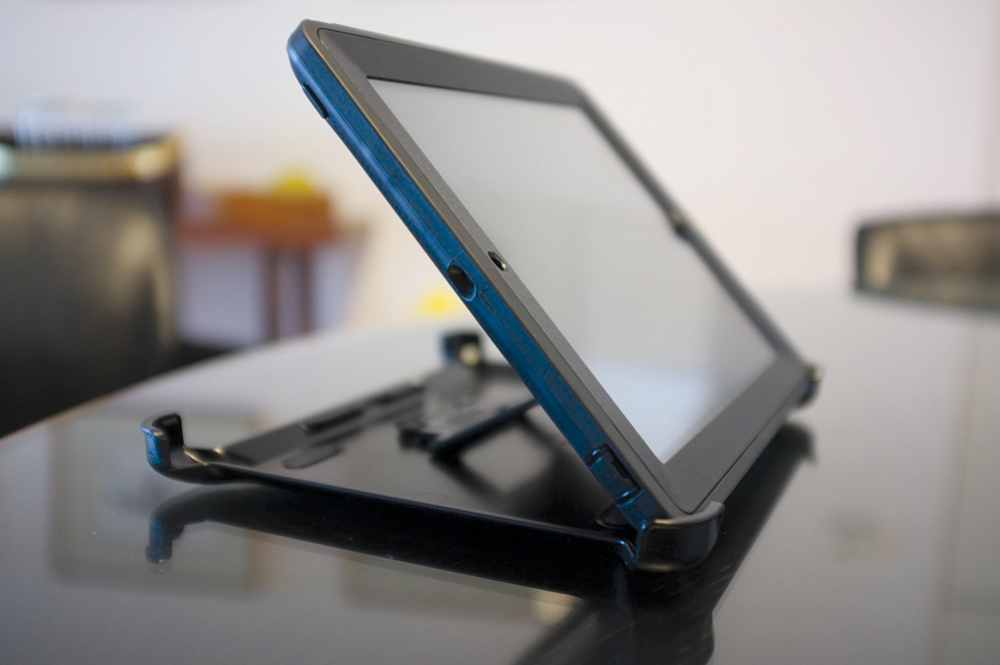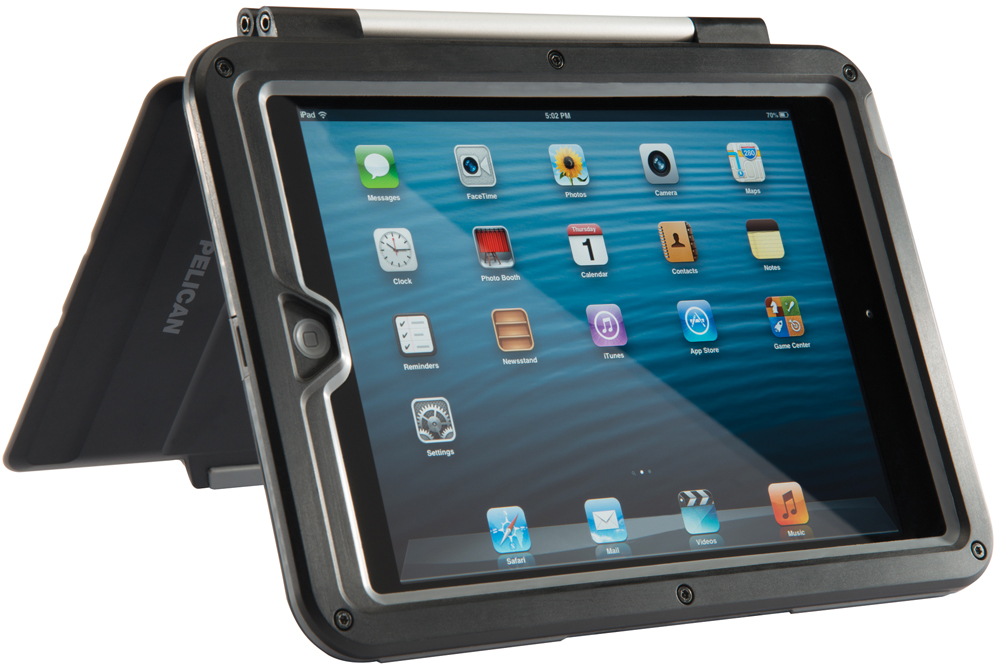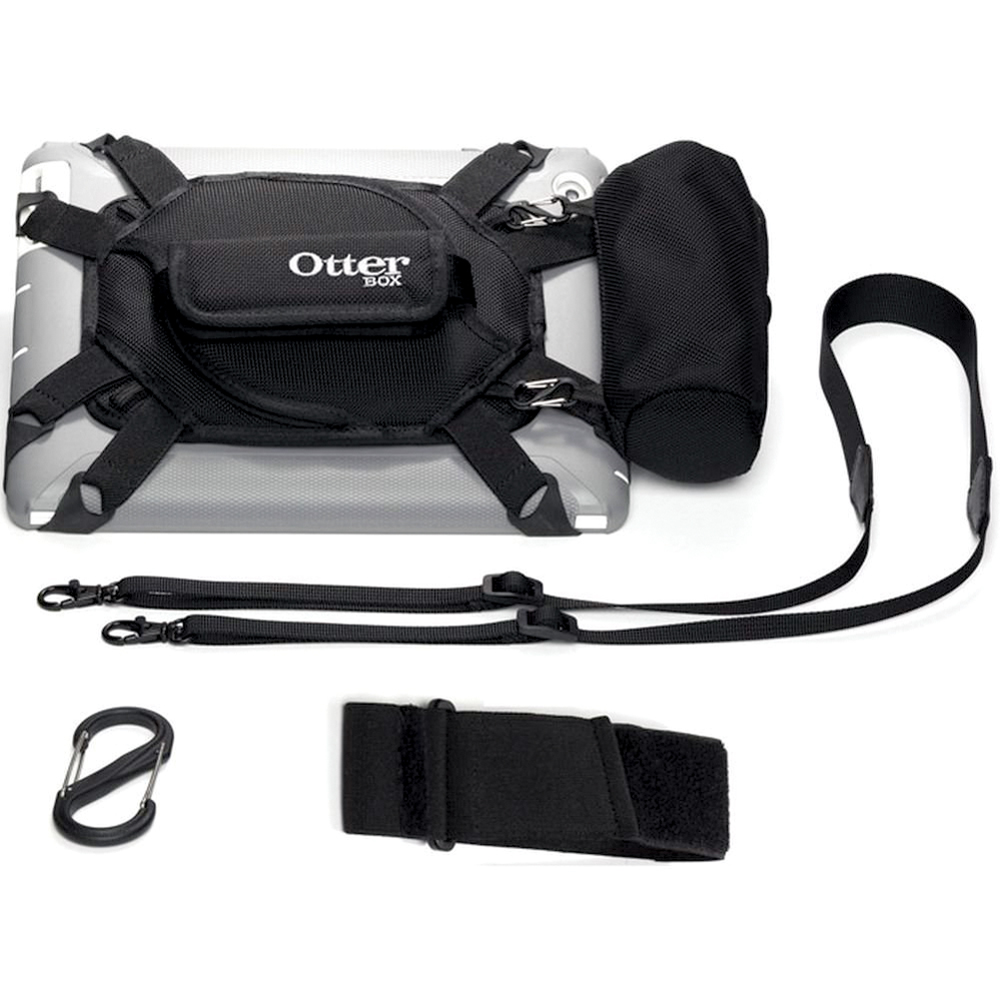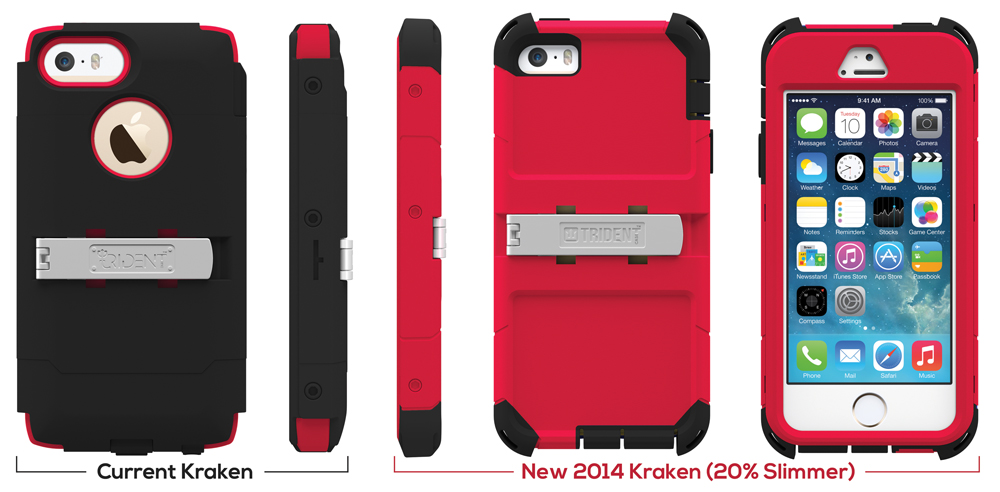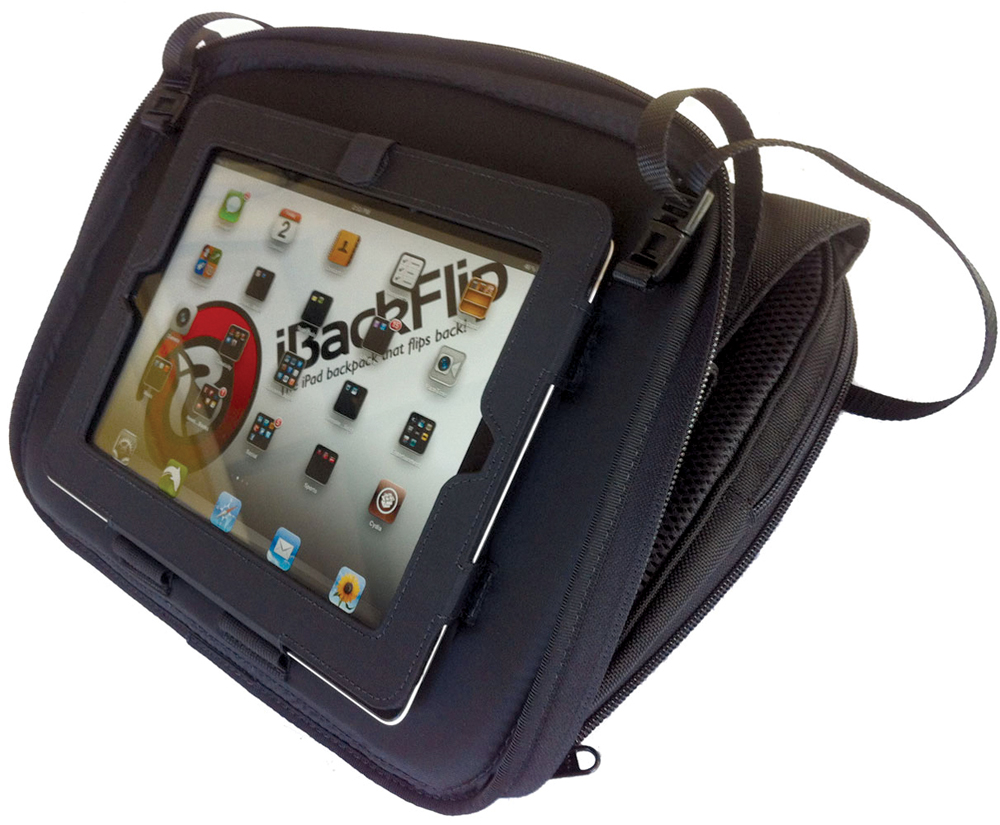When it comes to rugged mobile devices for the AEC market, the story lately has had less to do with the hardware itself and more with the deluge of hardened and weather-resistant cases, bags, and accessories to hit the market.
Sure, companies like Motion Computing, Panasonic, Trimble, and even Caterpillar (read our review of Cat's new rugged phone) continue to manufacture ruggedness-built-in tablets and smartphones. But many AEC firms are choosing to go with less costly consumer-grade mobile devices (iPad, iPhone, Galaxy, etc.) hardened with third-party accessories.
“From my perspective, rugged means heavy and slow,” says Peter Rumpf, Integrated Construction Manager with Mortenson Construction, and a BD+C “40 Under 40” honoree (class of 2012). “Our strategy is to treat the mobile device as a consumable and let the end user protect their device as they see fit.”
To find out which cases and accessories are popular among AEC professionals, we reached out to several BD+C readers with expertise in computer hardware. Here’s what they recommend (with some editors’ favorites mixed in):
1. OtterBox Defender Series iPad case
A mainstay in the rugged mobile device market, the Defender Series iPad case uses a multi-layer approach to protect tablets from bumps, shocks, drops, and dust (but not water) intrusion. An inner, two-piece polycarbonate shell has a foam interior for shock absorption, and a silicone outer layer absorbs impact from bumps and shocks. The textured exterior offers enhanced grip, and a built-in screen protector prevents scratches, smudges, and fingerprints. The integrated shield stand acts as a protective cover and doubles as a kickstand for typing or viewing. $89.95
Why BD+C reader Jarrod Krug recommends it: “Several customers have told us that they run Autodesk BIM 360 Field on iPads in these OtterBox cases—collectively on hundreds of devices at dozens of job sites—and they have performed in the worst of environments, with little or no issues.” —Jarrod Krug, BIM 360 Industry Marketing Manager, Autodesk
OtterBox | www.otterbox.com
2. Pelican ProGear Vault Series for the iPad Air and iPad mini
Designed for the military, law enforcement, and fire services industries, the Pelican ProGear Vault Series for the iPad Air and iPad mini is engineered with an elastomeric copolymer interior that absorbs impact forces, even drops from up to four feet. The case features an ingress protection rating of 54 for safeguarding against extreme elements, such as wind-driven rain, dust, dirt, snow, and sand. Optical-grade Dragontrail glass on the rear camera offers maximum clarity without sacrificing protection. $99.95 ($79.95 for iPad mini version)
Why we recommend it: The Pelican provides the ruggedness required for almost any job site with some nice performance features like a nifty hinged cover that doubles as a stand and a water-resistant membrane that protects the microphone and speakers without sacrificing voice quality.
Pelican Products | www.pelicanprogear.com
3. OtterBox Utility Series Latch II carrying case
The Utility Series Latch II carrying case comes with a versatile set of straps for multiple carrying, tethering, and display options—including palm grip, over-the-shoulder sling, and desktop stand. Designed for Defender Series tablet cases, the Latch II works with most 10-inch tablets. An optional accessory bag comes with a leg strap, S-biner, and neck strap, and doubles as a tablet stand. $39.95 ($49.95 with accessory bag)
Why BD+C reader Megan Looby recommends it: “This product is great because it has a long strap that allows you to wear your tablet across your body while in the field, leaving your hands free. On a recent job, almost all the subs used them to protect their iPads, which were used extensively for accessing drawings and specs in the field.” — Megan Looby, Project Manager, CBRE Healthcare
OtterBox | www.otterbox.com
4. Trident Kraken A.M.S Series case for the iPhone 5
Mention the term “rugged” and often what comes to mind is “bulky,” “heavy,” or “sluggish.” Sure, that smartphone can take a beating, but good luck stuffing it in your pocket. The re-engineered Kraken A.M.S Series case for the iPhone 5 and 5s is designed to provide the best of both worlds: impact and weather protection in a slim, ergonomic package. The case is 20% thinner than its predecessor, yet still meets the MIL-STD-810F standard for performance and durability in harsh environments. $49.95
Why we recommend it: It offers the protection of a heavy-duty case in a wrap not much thicker than light-duty cases. It comes equipped with a handy media stand that can be switched out with accessories geared for fieldwork, like a belt clip, windshield mount, and universal mount.
Trident Case | www.tridentcase.com
5. iBackFlip Somersault case
The iBackFlip Somersault has become popular among AEC professionals for its dual functionality—the backpack doubles as a hands-free mobile workstation. Flip the carrying case from back to front, unzip the pouch, and you’re ready to work on your tablet device. Adjustable straps keep the tablet at an ideal angle for the user. The straps can be disengaged and the case flipped 180 degrees for use on a desktop or other flat surface. $89.95
Why we recommend it: While not rugged, the Somersault gets our vote for its blend of convenience, functionality, and portability. The durable, water-resistant bag provides quick, on-the-go access to almost any tablet device (even small laptops like the 13-inch MacBook Air) and features pockets, utility hooks, stylus holders, and other storage and performance goodies.
BackFlip Studios | http://ibackflip.com
Related Stories
Engineers | Jun 14, 2023
The high cost of low maintenance
Walter P Moore’s Javier Balma, PhD, PE, SE, and Webb Wright, PE, identify the primary causes of engineering failures, define proactive versus reactive maintenance, recognize the reasons for deferred maintenance, and identify the financial and safety risks related to deferred maintenance.
University Buildings | Jun 14, 2023
Calif. State University’s new ‘library-plus’ building bridges upper and lower campuses
A three-story “library-plus” building at California State University, East Bay (CSUEB) that ties together the upper and lower campuses was recently completed. The 100,977-sf facility, known as the Collaborative Opportunities for Research & Engagement (“CORE”) Building, is one of the busiest libraries in the CSU system. The previous library served 1.2 million visitors annually.
Higher Education | Jun 14, 2023
Designing higher education facilities without knowing the end users
A team of architects with Page offers five important factors to consider when designing spaces for multiple—and potentially changing—stakeholders.
Resiliency | Jun 14, 2023
HUD offers $4.8 billion in funding for green and resilient building retrofit projects
The Department of Housing and Urban Development (HUD) recently released guidelines for its Green and Resilient Retrofit Program (GRRP) that has $4.8 billion for funding green projects.
Arenas | Jun 14, 2023
A multipurpose arena helps revitalize a historic African American community in Georgia
In Savannah, Ga., Enmarket Arena, a multipurpose arena that opened last year, has helped revitalize the city’s historic Canal District—home to a largely African American community that has been historically separated from the rest of downtown.
Building Materials | Jun 14, 2023
Construction input prices fall 0.6% in May 2023
Construction input prices fell 0.6% in May compared to the previous month, according to an Associated Builders and Contractors analysis of the U.S. Bureau of Labor Statistics’ Producer Price Index data released today. Nonresidential construction input prices declined 0.5% for the month.
Mass Timber | Jun 13, 2023
Mass timber construction featured in two-story mixed-use art gallery and wine bar in Silicon Valley
The Edes Building, a two-story art gallery and wine bar in the Silicon Valley community of Morgan Hill, will prominently feature mass timber. Cross-laminated timber (CLT) and glulam posts and beams were specified for aesthetics, biophilic properties, and a reduced carbon footprint compared to concrete and steel alternatives.
Mixed-Use | Jun 12, 2023
Goettsch Partners completes its largest China project to date: a mixed-used, five-tower complex
Chicago-based global architecture firm Goettsch Partners (GP) recently announced the completion of its largest project in China to date: the China Resources Qianhai Center, a mixed-use complex in the Qianhai district of Shenzhen. Developed by CR Land, the project includes five towers totaling almost 472,000 square meters (4.6 million sf).
Engineers | Jun 12, 2023
Stantec to acquire Environmental Systems Design
Stantec, a global leader in sustainable design and engineering, has signed an agreement to acquire Environmental Systems Design, Inc. (ESD), a 270-person engineering firm headquartered in Chicago. Founded in 1967, ESD has built a reputation for excellence and innovation in high-performance design with a roster of industry-leading clients. The terms of the transaction are not disclosed.
University Buildings | Jun 9, 2023
Cornell’s new information science building will foster dynamic exchange of ideas and quiet, focused research
Construction recently began on Cornell University’s new 135,000-sf building for the Cornell Ann S. Bowers College of Computing and Information Science (Cornell Bowers CIS). The structure will bring together the departments of Computer Science, Information Science, and Statistics and Data Science for the first time in one complex.



